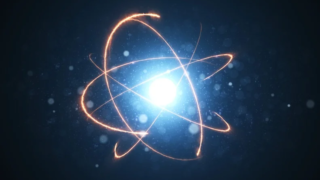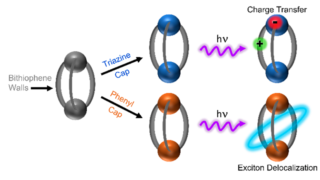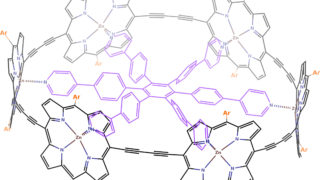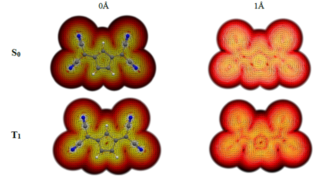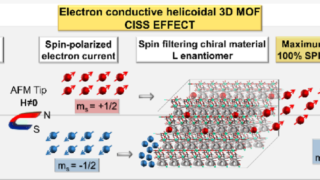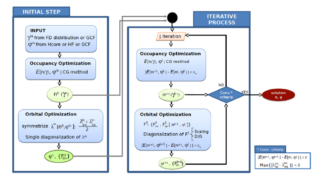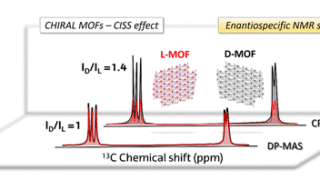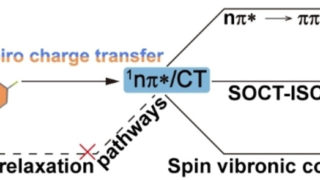
Heavy-atom-free triplet sensitizers with predictable properties
An atomic state in which two spin angular momenta of electrons cancel each other, resulting in zero net spin, is called a singlet. If the angular momenta combine to give a total non-zero spin, then that state is called a triplet. A triplet state usually has lower, sometimes substantially lower, energy than a singlet. Importantly […]
